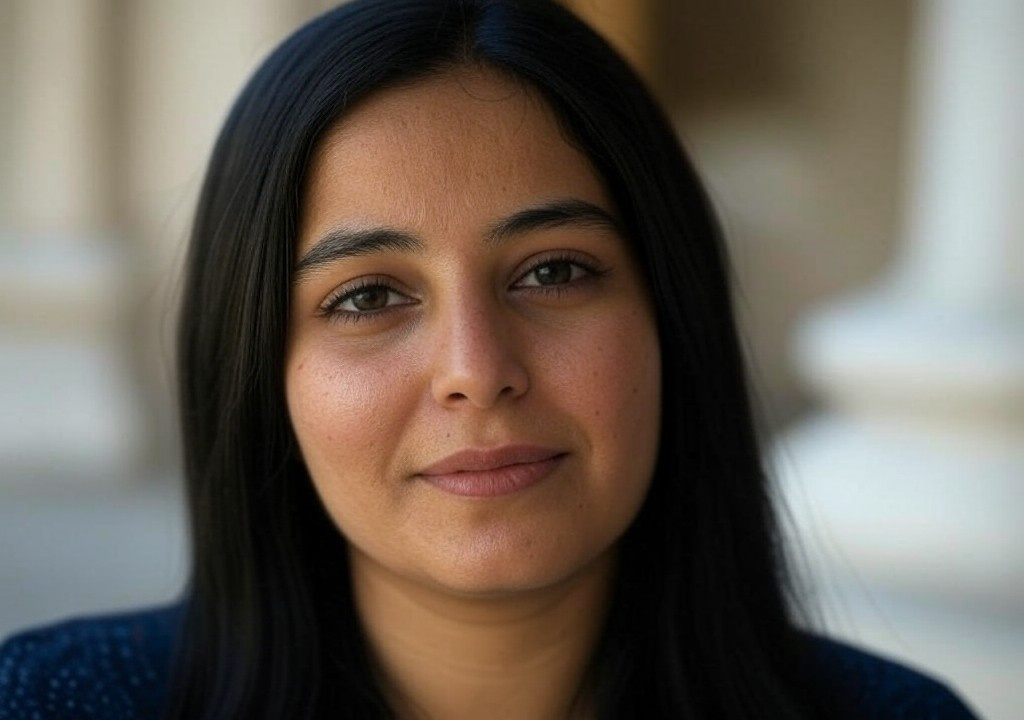Living Between Worlds
The Tightrope Between Two Worlds
When I was ten, we packed up our cozy home in Alexandria, kissed relatives goodbye through a blur of tears, and landed in Paris—where baguettes were longer than my arm, and no one seemed to have ever heard of molokhia. I spent my puberty years trying to answer the unspoken question every bicultural kid inevitably gets asked: "So, who are you really?"
In Egypt, I wasn’t Egyptian enough—too French in my outlook, forever the kid trying to explain why I didn’t want a spoonful of sugar in my mint tea. In France, I wasn’t French enough either; my name was mispronounced with impressive creativity, my lunchtime sandwiches were suspiciously different from everyone else’s jambon beurre, and talking about my family’s weekly phone calls with my grandparents in Egypt marked me as irreversibly “other.”
But here’s what they don’t tell you about living between cultures: it’s not just a tightrope, balancing precariously between identities. It’s a dance. Sometimes awkward, sometimes graceful. And sometimes, yes, you step on your own toes.
Bicultural Bliss—or Chaos?
The duality of my upbringing became most pronounced when it came to relationships. Navigating love meant not just dealing with typical questions like “What’s your favorite movie?” but heavy-hitters like “How important is religion in your future?” It felt almost cinematic—think "My Big Fat Greek Wedding" meets "Emily in Paris," but without the neat resolutions or budget for designer clothes.
Take my early teenage crush. He was tall, effortlessly Parisian, and thought couscous was just a Friday novelty at the school canteen. Dinners with him felt like an endless Q&A session about my “foreignness.” What language do you think in? (More than one!) Don’t you miss the sun in Egypt? (Yes. Every day. Especially in January.) His curiosity was kind, but his tone always had a faint whiff of exoticism: he wanted me to answer his questions, not question his assumptions.
Fast forward a few years. I found myself back in Alexandria during a summer break, reluctantly agreeing to a dinner my aunt had arranged with a very “eligible” Egyptian guy. We got as far as ordering kofta before he decided to explain that independent women were fine in theory—but he expected his wife at home, "where she belongs." When I said that would not be happening, he stared at me as if I’d just announced I didn’t eat falafel.
It’s not that one culture is necessarily “better” at love than the other. For every overly curious Parisian crush, there was a cousin in Alexandria tsk-tsk-ing my single status at family weddings, reminding me that “people will start to talk.” Bicultural love was less a bridge and more of a tug-of-war.
Owning the Duality
So, how do you make it work when you live between two worlds? Whether it’s love, career, or simply figuring out how you want to label that part of your identity, here are the lessons I’ve picked up along the way:
1. Start with Self-Acceptance:
It sounds cliché, but here’s the harsh truth: if you don’t see your cultural duality as a strength, no one else will either. When people tried to pigeonhole me into “French Zahra” or “Egyptian Zahra,” my knee-jerk reaction was to try and prove I fit into one place better than the other. Eventually, I learned my value wasn’t about picking sides—it was in having both.
2. Laugh at the Awkwardness:
Here’s the thing about cultural misunderstandings—they happen to everyone. Who knew that complimenting a Frenchman’s cooking with an exuberant “hands of gold,” as we’d say in Egypt, might be interpreted as flirting? Or that my “just a friend” who happened to be male could give half my extended family a collective heart attack? Embrace it. Laugh about it. The more grace you give others (and yourself), the easier it becomes.
3. Communicate Your Needs:
When you live between worlds, people project their expectations onto you all. the. time. It’s your job to set boundaries. If someone imagines you’ll describe your entire identity in one neat sentence—don’t. If they try to impose their cultural assumptions on you—correct them, kindly if you can, firmly if you must.
4. Decide What’s Non-Negotiable:
Cultures often have wildly different priorities around relationships. When dating, I always found it helpful to decide which things were absolute dealbreakers versus where I could compromise. I wasn’t about to come “home by 10” for a hypothetical husband, but I also learned to celebrate certain traditions—like setting up elaborate iftar meals during Ramadan—because they make me feel connected to my roots.
Little Moments of Magic
Ironically, it’s often the small things that make living in between feel downright magical.
It’s in the quiet satisfaction of teaching someone the art of dipping bread into tahini for the perfect ratio. It’s emailing my dad’s favorite Umm Kulthum song to a date who’s never heard Arabic music before—and coming back to find him humming “Alf Leila Wi Leila” on our second outing. It’s learning how to flirt in two languages (fun fact: French pick-up lines tend to be nonchalantly poetic; Arabic ones dramatic AF, like something out of a soap opera).
Living between two worlds doesn’t mean losing yourself—it’s about finding the pieces that fit, borrowing joy from both, and figuring out how to tell your love story in a way that feels honest to you.
Bridges, Not Battles
Bicultural relationships can feel hard. Sometimes, you’ll feel as if you’re translating not just your language, but your entire self. But if there’s one thing I’ve learned, it’s this: people worth keeping around are the ones who want to understand. They’ll ask the questions—not as an interrogation, but as an act of curiosity, a way to build that bridge with you.
At the end of the day, living between two worlds is messy, funny, complicated, and endlessly rich. And when you find people who embrace all your nuances—the couscous and the croissant, the Umm Kulthum midnight playlists and the Edith Piaf karaoke duets? Hold onto them.
Because the best connections, whether romantic or otherwise, thrive in the in-between—where there’s space for all the messy, beautiful layers of who we are.
Let’s raise a metaphorical glass (or a very literal mug of mint tea) to that.




















